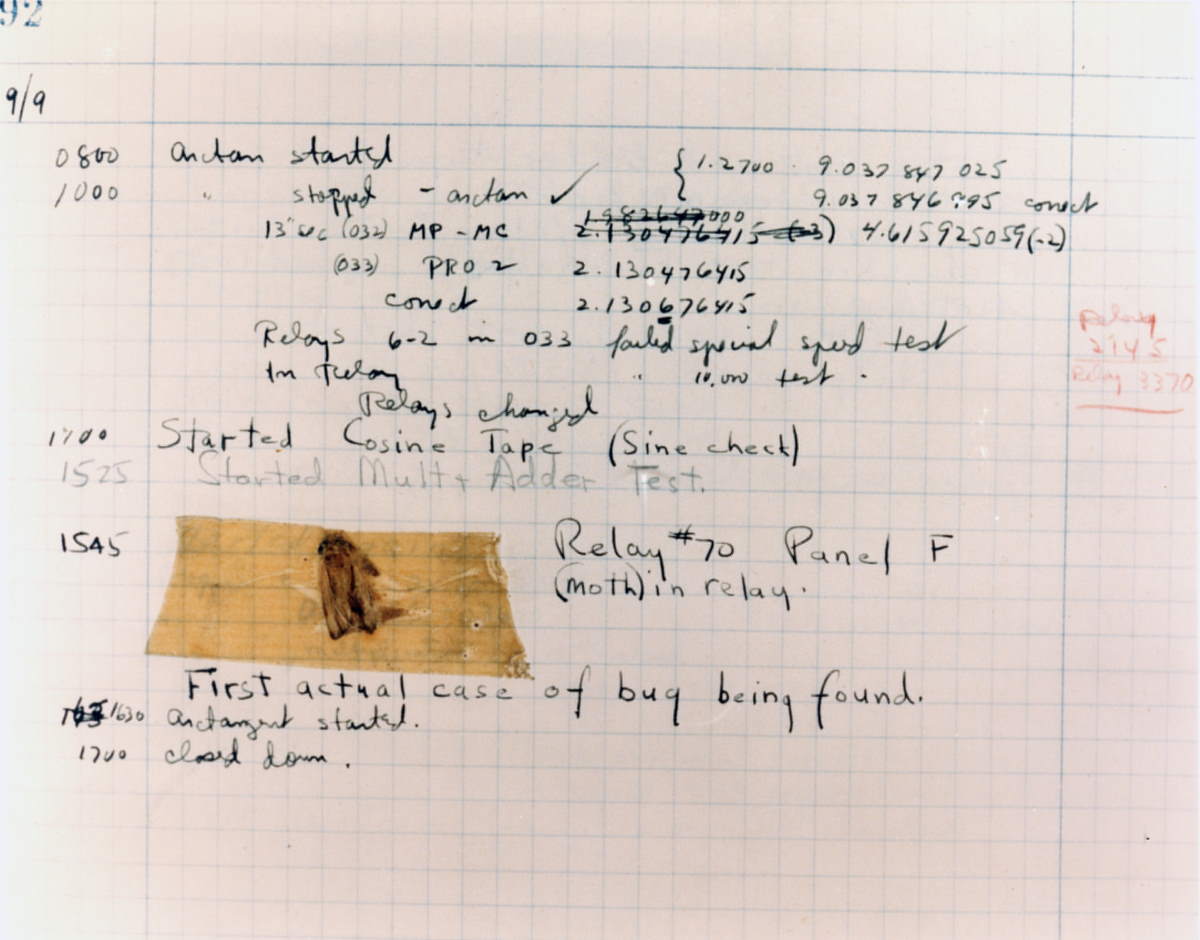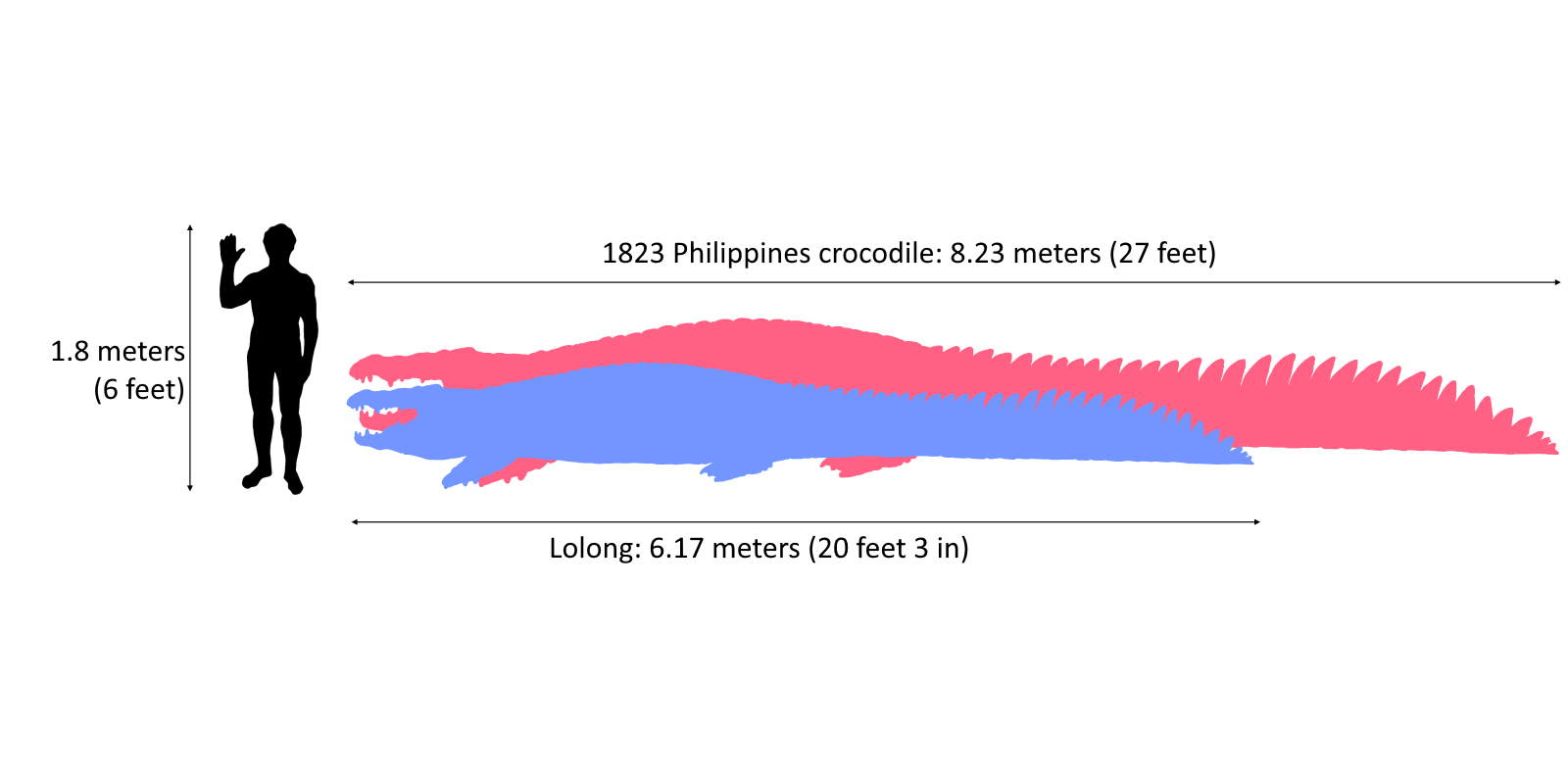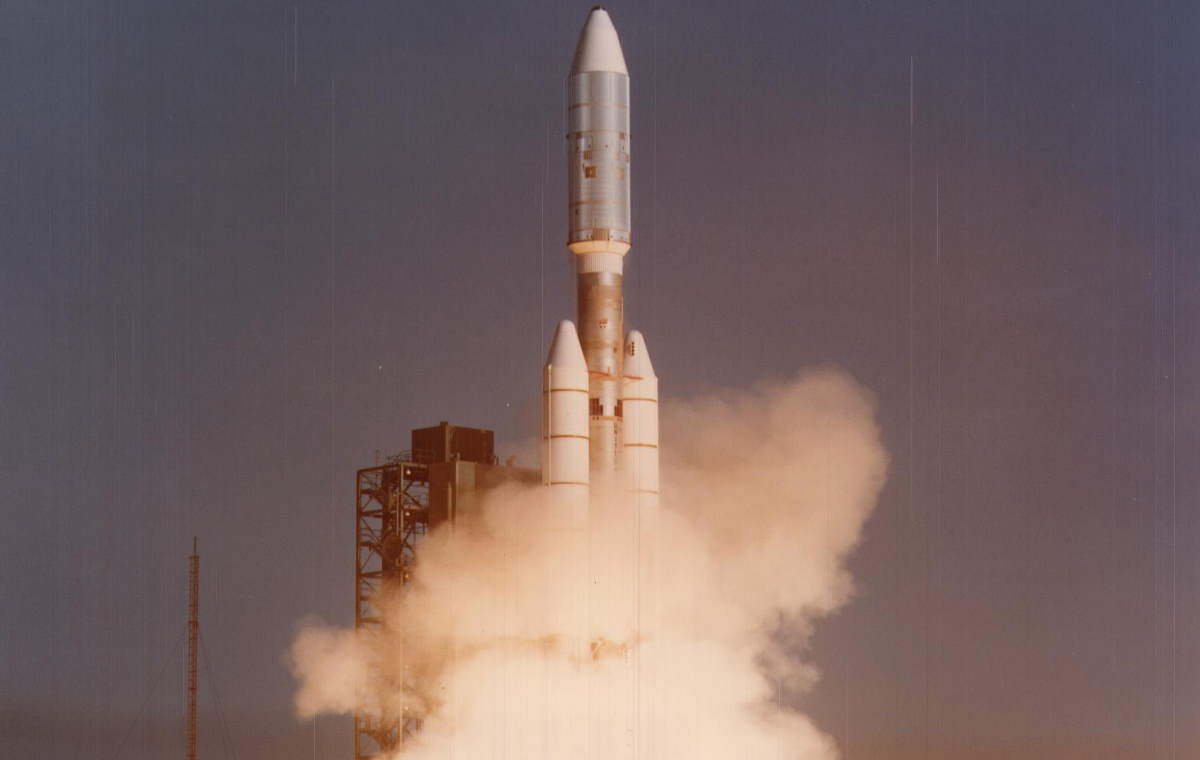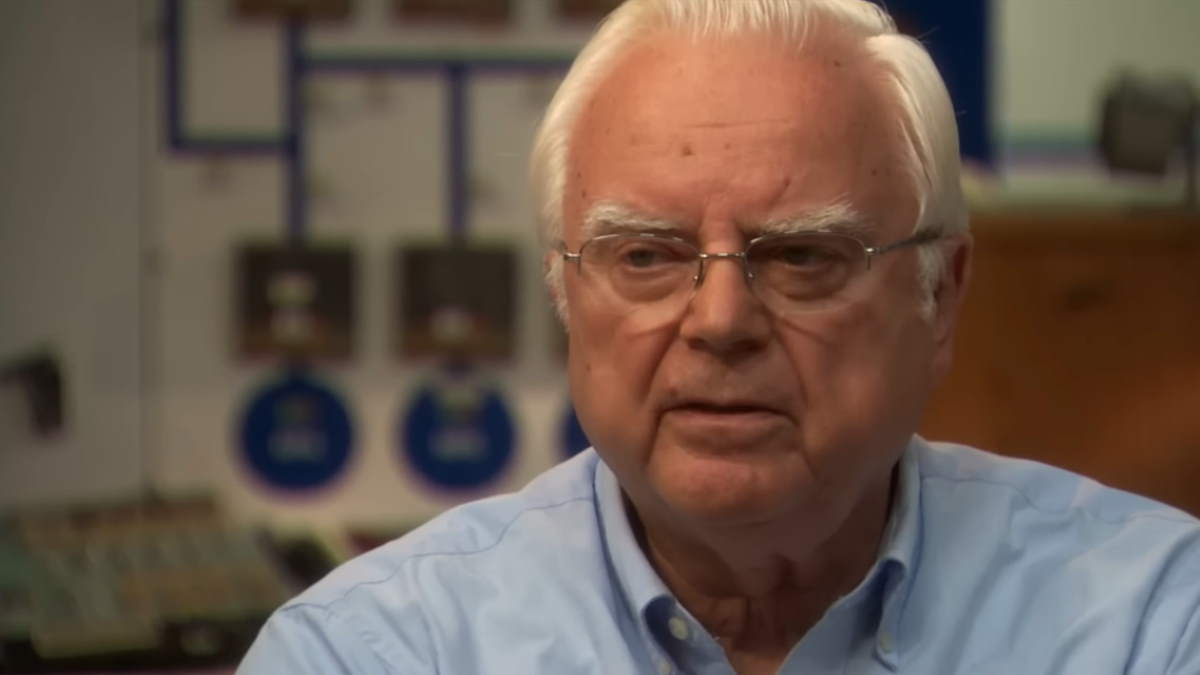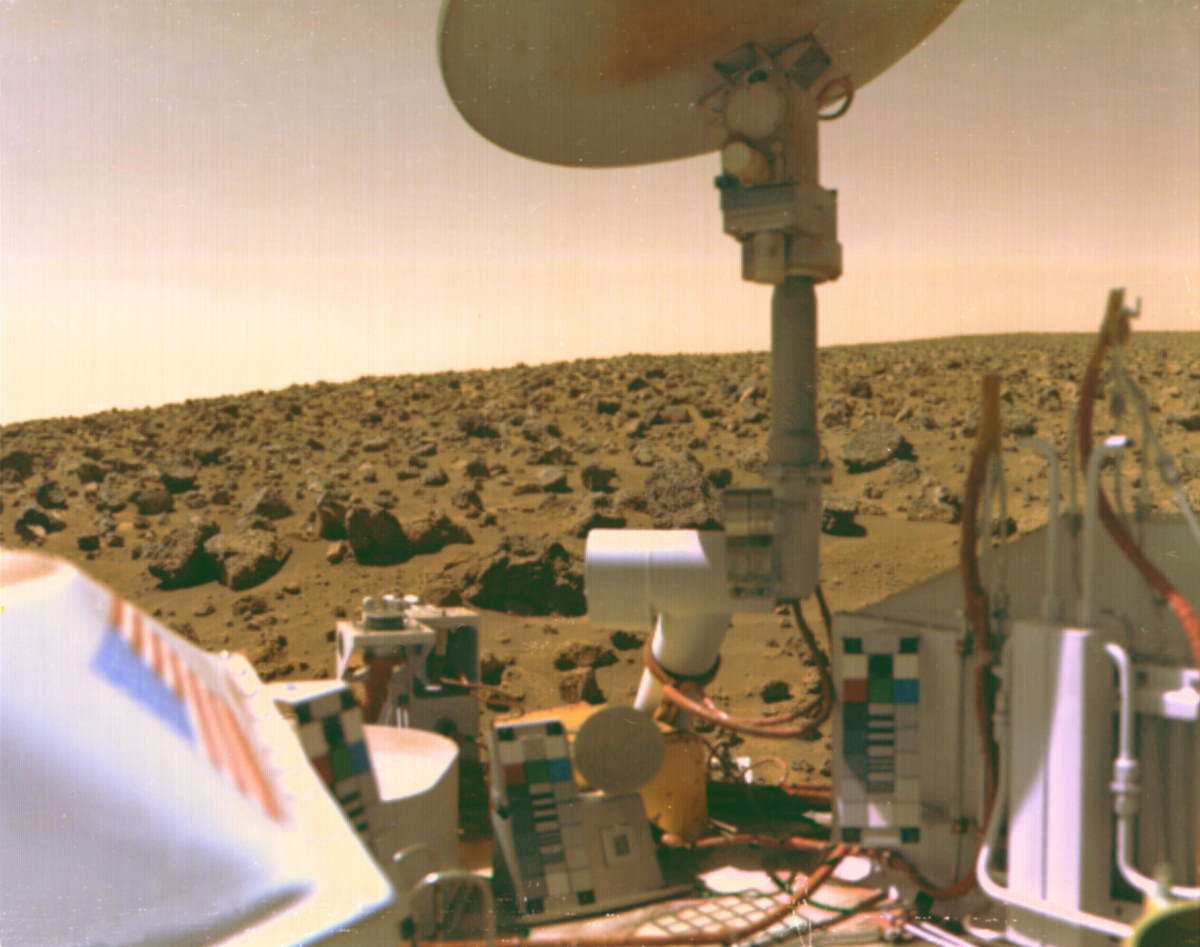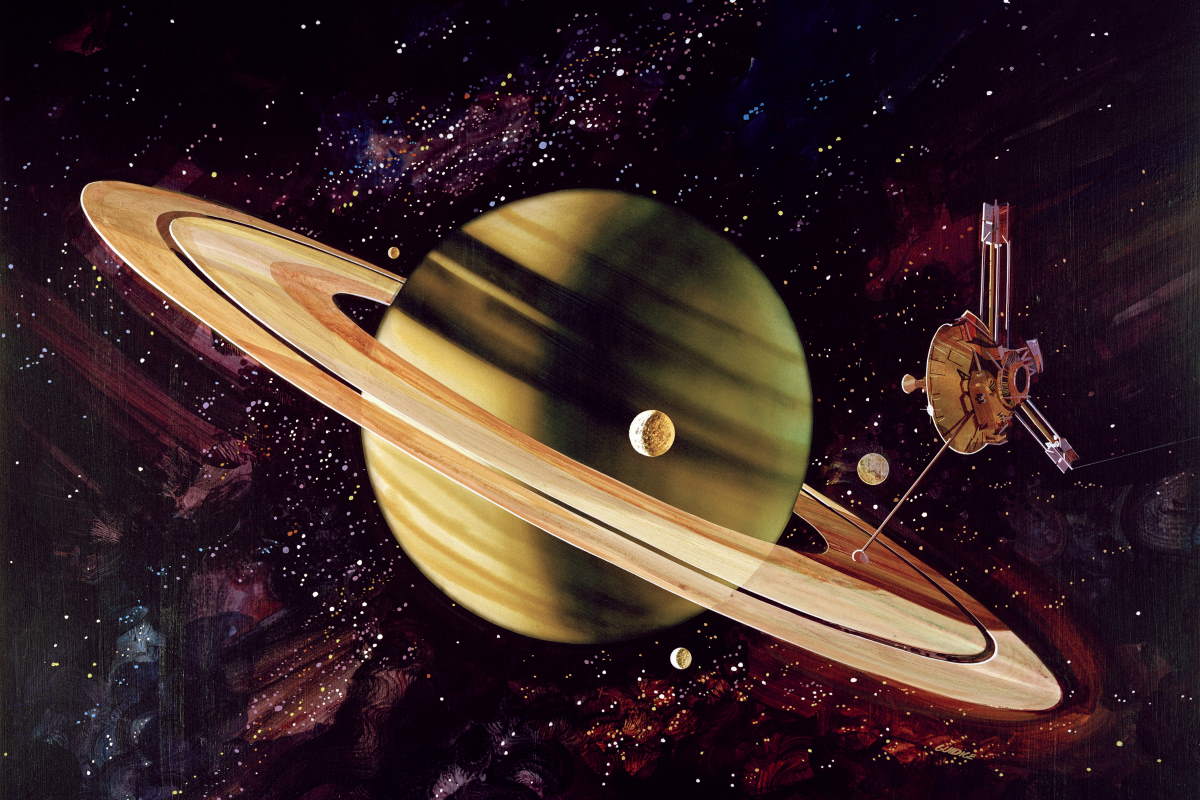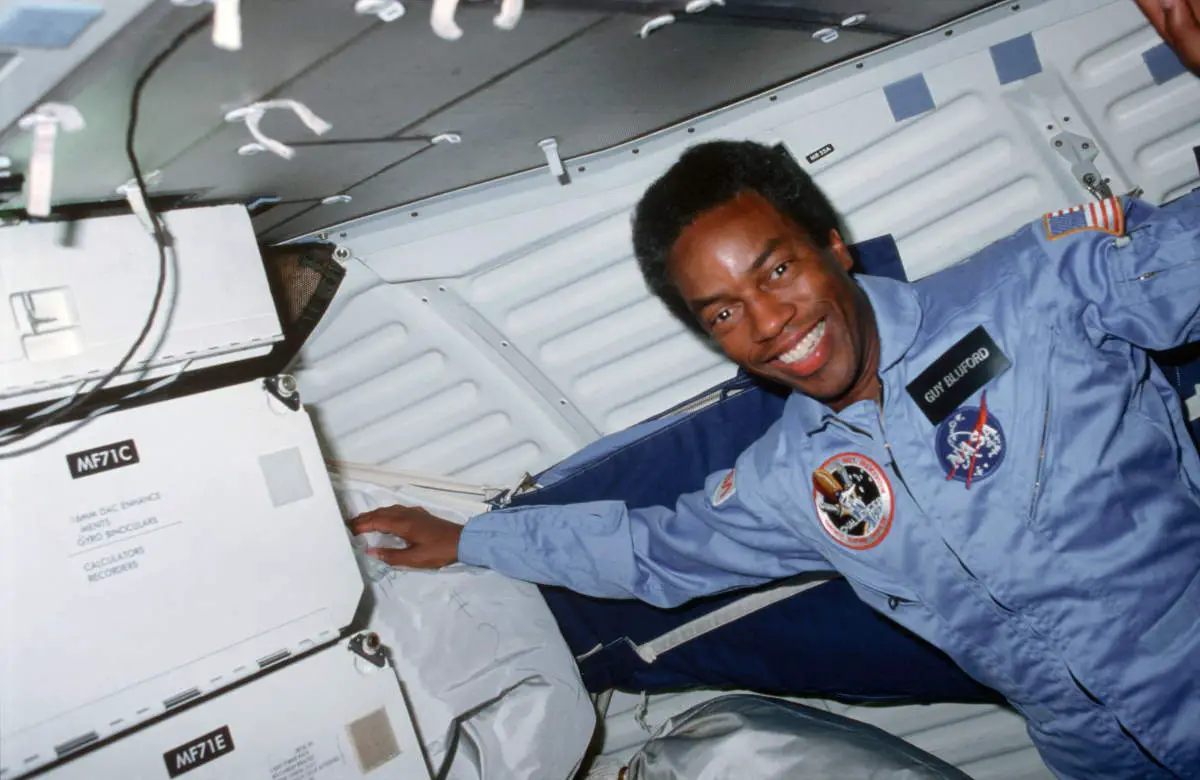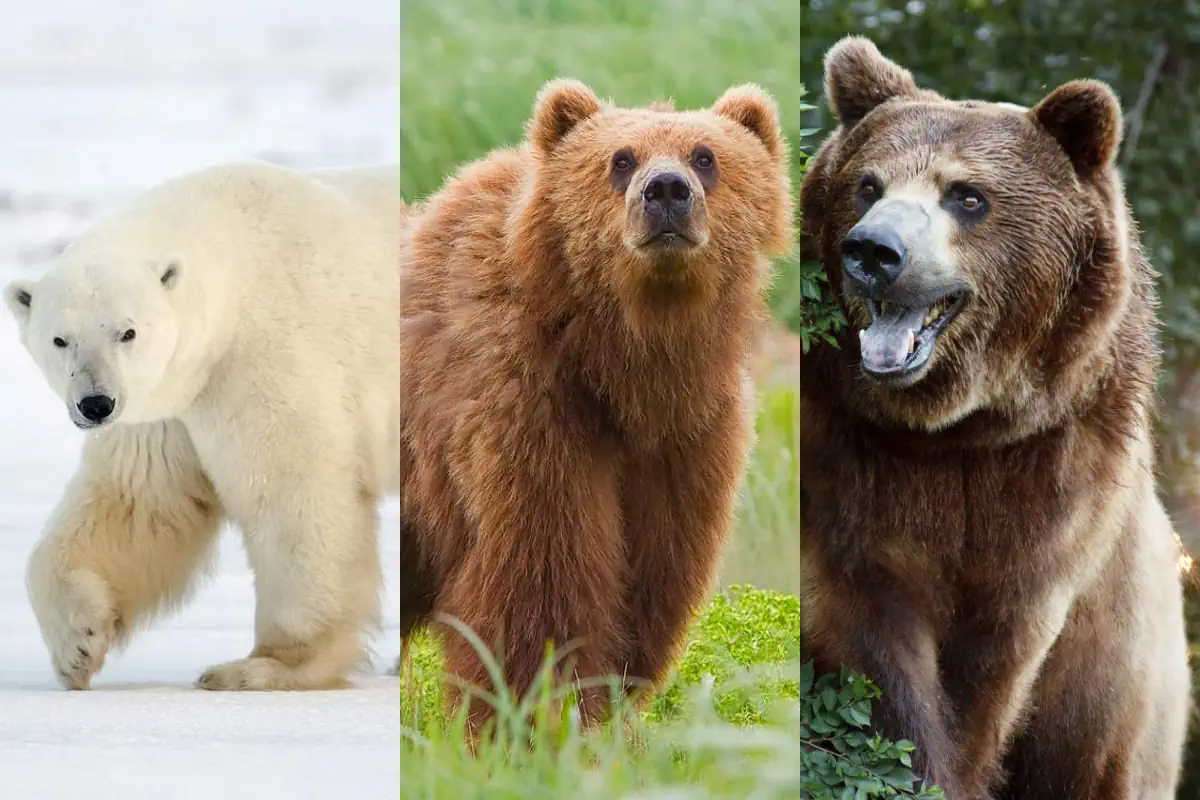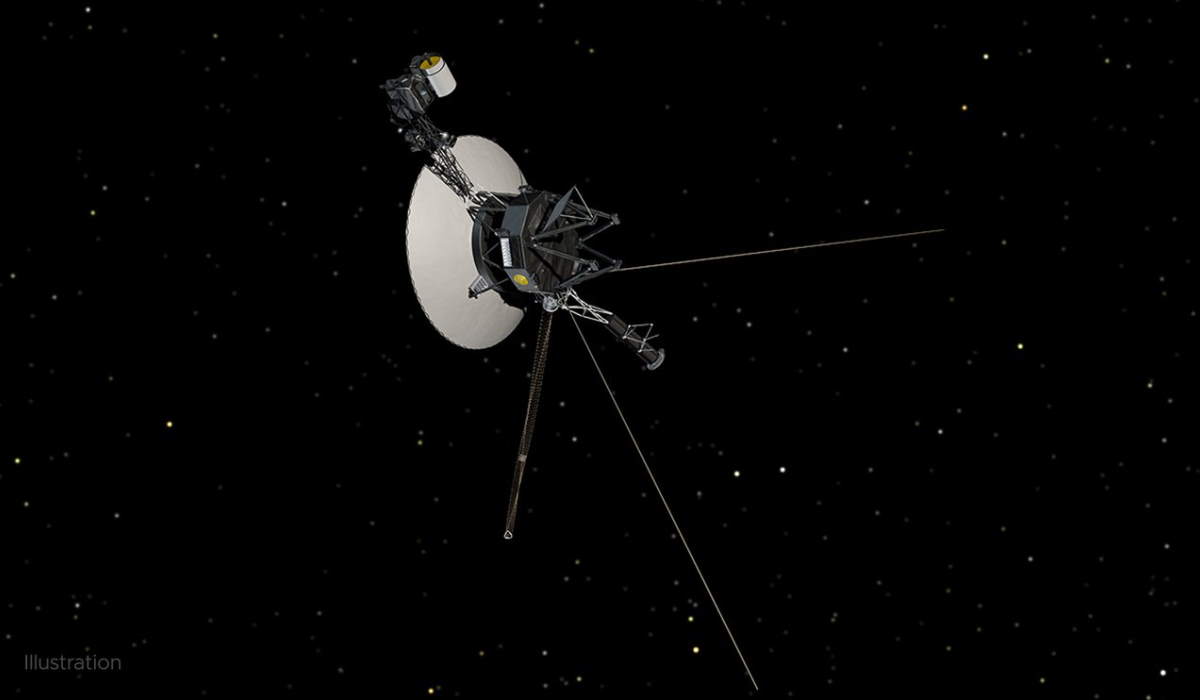On September 9, 1947, a team of computer scientists and engineers operating Harward University’s Mark II electromechanical computer started getting an error. They traced the error and found a moth trapped in a relay. The moth was carefully removed and taped to the logbook with a note saying “first actual case of bug being found”. Urban legend says this was the first case of a computer bug, but it’s not true.
